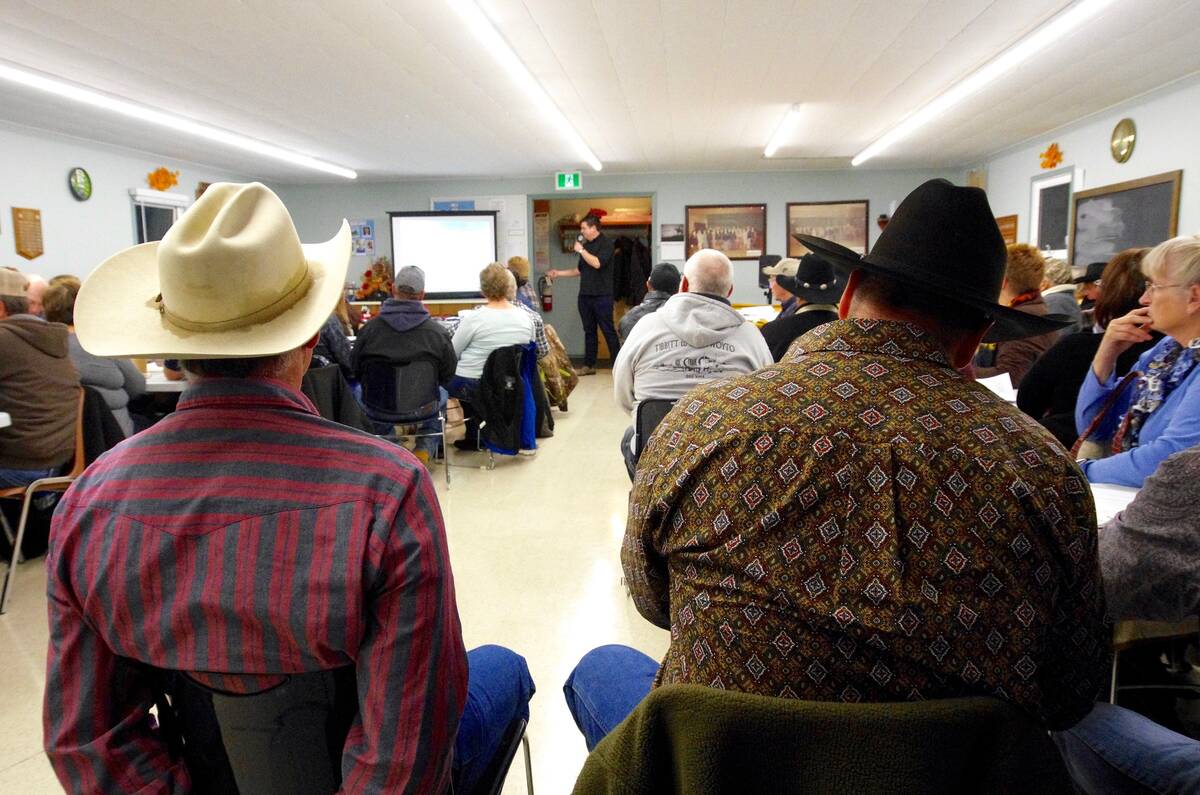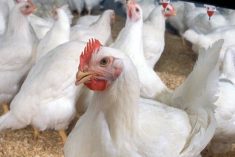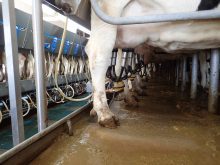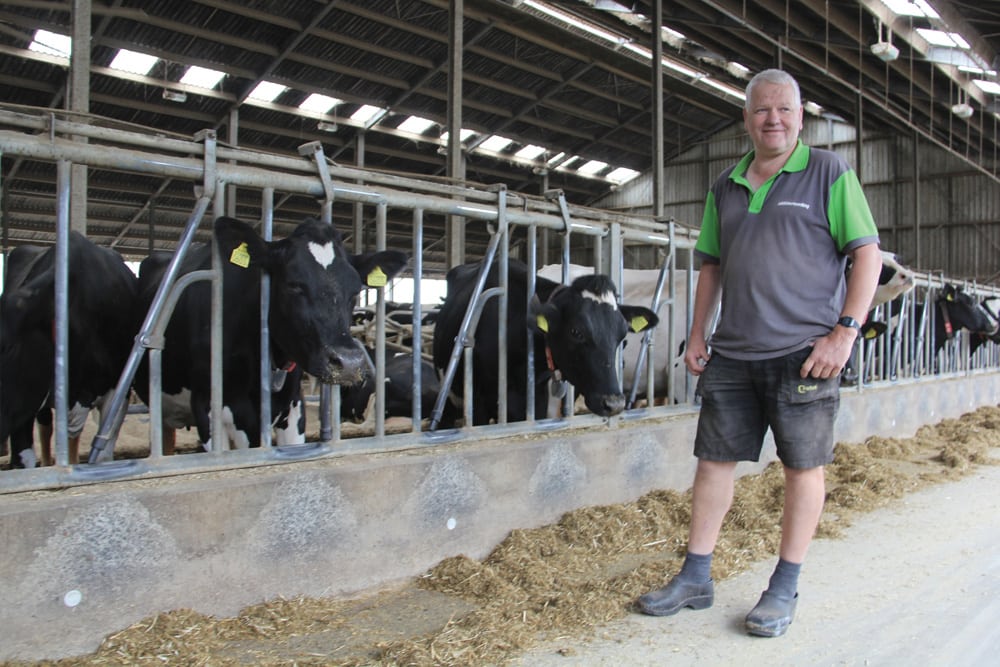Dairy Farmers of Manitoba has formally rejected the idea of capping the value of fluid milk quota.
The DFM board has decided to leave the quota exchange system the way it is. It also decided not to put a ceiling on the amount of quota a producer can hold.
The board made the decision this summer. It was relayed to farmers at DFM’s recent annual round of fall district meetings.
“We’ve come to the conclusion that our current system meets the need of dairy producers here in the province,” said David Wiens, DFM chairman.
Read Also

Don’t blow off that beef producer meeting
Local veterinarians and livestock experts often speak at beef producer group events. They have good advice for the farmer on vaccines, calving, beef herd management and more.
The decision contrasts sharply with policy in the P5 eastern milk pool, where Ontario, Quebec, New Brunswick, Nova Scotia and Prince Edward Island have agreed to set an upper limit on the value of quota.
A price limit of $25,000/kg of butterfat has been set for P5 provinces under an agreed-to harmonized quota policy in 2009.
The industry there decided over a year ago that escalating quota values were getting out of hand and increasing producers’ debt loads too much.
At one point in Ontario, the price of milk quota peaked at $33,000/kg. In Manitoba, the clearing price for quota traded on the last monthly exchange was $28,000/kg. Manitoba’s quota value briefly topped $30,000/kg earlier this summer.
Wiens said he couldn’t comment on the P5’s decision to cap quota values.
But he said DFM prefers a free-market approach to establishing quota prices over a regulated one.
“The market works well,” he said. Wiens said the board saw pros and cons
to capping quota prices and farm sizes. On the plus side, it could make quota
more affordable and improve the public image of supply management, which is sometimes criticized as too restrictive.
On the other hand, caps would curtail quota availability, limit opportunities for farm expansion, interfere with price discovery and eliminate an important management tool for producers, Wiens said.
On balance, the board decided the positives of the current system outweigh the negatives, he said.
Wiens said producers often buy and sell small amounts of quota at different times of the year to manage their production. Caps would severely limit producers’ ability to access quota when they needed it, he said. [email protected]














